Bolivia is beautiful
Bolivia, a country brimming with natural wonders and rich cultural heritage, captivated our hearts from the moment we arrived in La Paz. The diverse landscapes, from the majestic Andes mountains to the mystical Amazon rainforest and the enchanting Uyuni Salt Flats, left us in awe of Mother Nature’s splendour. The warm hospitality of Bolivians and their eagerness to share their customs and delicacies of salteñas (savory pastries), and anticuchos (grilled skewers) added a delightful charm to our journey.
However, as we delve into our experiences, we must also shed light on the other side of La Paz, a city with a complex and controversial underbelly. While our love for Bolivia remains unwavering, it is important to share the candid realities we encountered during our exploration. With full respect to Bolivia’s cultural heritage and traditions, we invite you to join us on a journey that encompasses both the stunning beauty and the thought-provoking aspects of this unique country.
The country boasts a vibrant cultural heritage with a mix of indigenous, European, and African influences. Visitors can experience traditional festivals, colourful markets, and ancient archaeological sites. Indeed, Bolivia’s charm lies in its authentic experiences, cultural diversity, and natural wonders that leave a lasting impression on visitors. So grab your sunblock, hat, warm clothing for those dark starry nights, comfortable walking shoes and put Bolivia on your bucket list.
That said – as you know – I like to say it as I find it. And, well, La Paz. The other side of La Paz, ohhh. Not the side that everyone seems to wrap in a lovely touristic bow side. No no.
La Paz: the bad and the ugly version
Okay, so I’ve waited a little while to write this blog. That is because, honestly, it comes with a slice of fear! Now, that might have originated from the woman in the Witches Market who stared at me with her fiery eye and shouted something I could only interpret as a curse. Allegedly.
It may just be because I am unsure if I dare put into words what I know to be true, knowing that it will be entirely controversial. Why are almost everyone else’s reviews of La Paz shiny when my observations are not – shiny?
Then today, I saw another blog about La Paz and decided okay enough already! This does indeed show the shiny reflection of La Paz – the surface La Paz. The one that, most, people will encounter on their visit. And I guess that is okay. Do we ever really know the truth about where we are visiting? No, not always.
So read the tourist version if you wish, after you discover the darker side I will bring you here! The side we found when we dared to delve just a little deeper. So, with full respect and appreciation for Bolivia’s cultural heritage and traditions (always seek permission before taking photos of locals or their rituals)…I had questions.
The questions
“So, what are these effigy things I keep seeing hanging from the lamp posts and why is it reminding me of something the Ku Klux Klang would be proud of?”
“The llama foetuses hanging in rows in the Witches Market – now they are not real right? They are, okay. And you use human sacrifices too. You are joking yes? You’re not…”
“So, the prisoners run the biggest cocaine factory in La Paz. And they run the prison? And the prison is sponsored by – Coca Cola. Okay just give me a moment”
Are you sitting comfortably? Then I’ll begin
The Effigies of La Paz
As we drove into La Paz, I couldn’t help but notice what appeared to be Guy Fawkes-like figures hanging from lampposts and telegraph poles. At first, I wondered if they were remnants of Halloween decorations, but later, we discovered the chilling truth – they were real effigies. These effigies serve as a warning to anyone deemed guilty by the community, and the consequences can be severe, ranging from lynching and torture to being set on fire or even murdered.
Unfortunately, the police cannot be relied upon to intervene in such situations. There is a pervasive lack of trust in the police force, particularly in the most deprived areas of the city. As a result, vigilantes have taken matters into their own hands, and this unsettling reality is far from being mere “fake news.”
La Paz and The Llama Foetuses
So yes, next up are the gruesome dehydrated llama foetuses, which hang in rows from every stall of the aptly named Witches Market. Okay, the purpose of these harks back to the historical past so, I tried to make no judgement on it. (I decided not to include a photograph of them here – but you can look it up if you like!)
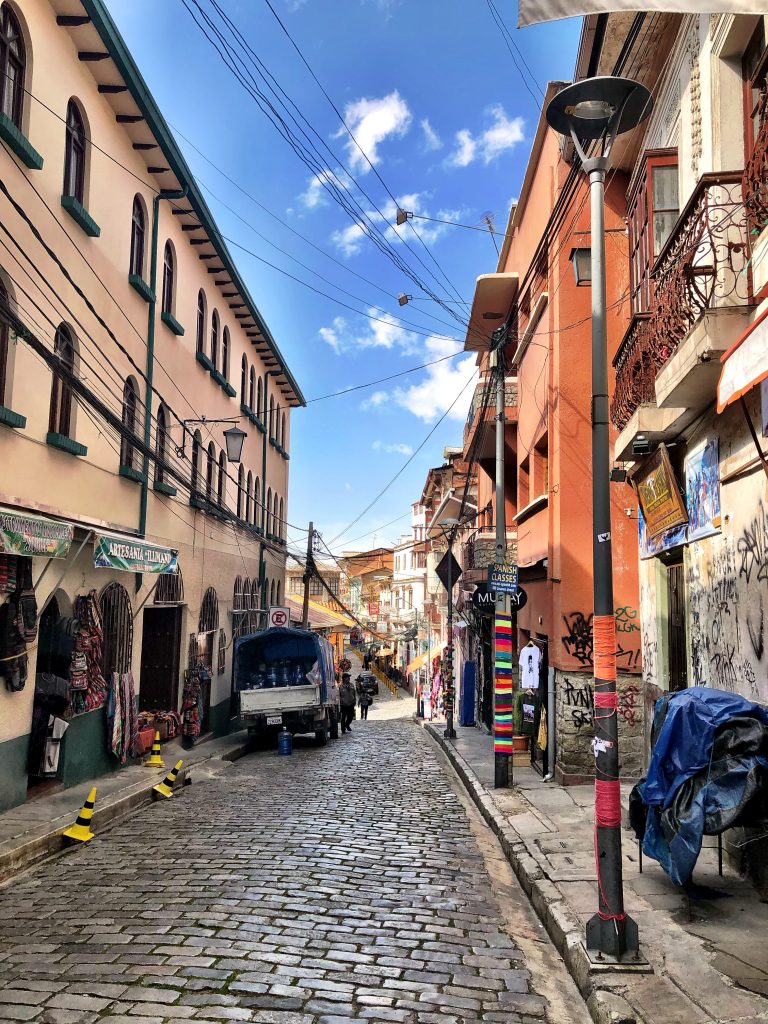
According to tradition, dehydrated llama foetuses are buried as a sacrifice underneath buildings during the construction phase to appease Pachamama (mother nature) in exchange for good fortune. As shocking as it this may seem to our Westernised minds, you ain’t seen nothin’ yet.
“So – what,” our guide asks us “do you think they use for larger buildings?”
“Eh?”
“Well, a small foetus is only good for a small building, a shop maybe. A bigger building, like a house, might need a full-grown llama for sacrifice.”
“Mhmm yes” In the llama sacrificial keeping Mother Earth Happy Scale, this sounds logical.
“But,” he went on – “What about really big buildings, hotels for example, what do you think they need?”
“A cow?” offered Iain tamely.
“No, no – a human,” said he, in a manner akin to telling us he just had pizza for dinner. “Yes, so, any questions?”
Oh yes, yes, I have some questions. What – the – actual…!
When you are standing in the sunlight, dead llama foetus by your head listening to stories of human sacrifice
There are moments in life when, just sometimes, you find your brain dissociated from the rest of your body, and your body is no longer entirely anchored to the ground as it was a second before. It was one of those moments. A human. A human sacrifice. That’s a person human. Under your hotel. That’s now. He’s talking now.
“I think I don’t believe you,” “What?”
“Some people like to talk of it as a ‘rumour’, but we keep on finding the bodies under the hotels and buildings when they fall down.”
Okay. I believe him. Buildings fall down a lot in La Paz. But how??
Ready…
The unsuspecting humans are primarily homeless alcoholics. Okay, now this news brought a shocking realisation. This is ostensibly true. It’s happening. They are lured by the promise of food and more alcohol and once passed unconscious, buried alive in the foundations of your plush 5-star hotel. Good luck to all, yay. Again. What – the – actual!!!
Okay, now I like to be open-minded, I do. But COME ON! No, La Paz. No. Traditions and culture are all very good, but times change. There were no 5-star hotels when Mother Earth was first being appeased.
“Any questions?” I heard him ask again.
“That is the most horrific thing I think I have ever been told. That is definitely not okay.”
“Well, it doesn’t happen as often as it did long ago...” I gave him my say another word to justify this, and I may bury you look. “But yes, it still happens. Let’s move on,” he called. I looked at Iain – he looked at me, and we simultaneously mouthed whaaat theeee fuuuuuu.
If you so wish, you can read more about it here but do be warned this involves the apparent sacrifice of a child.
How’s your brain coping? Fancy some cocaine? Let us pop into the local La Paz prison…
Now. Are you sitting down? Here we go.
First, I had never heard of San Pedro prison. Surprising, perhaps, as I studied criminology and knew a lot about different prison systems through my friendship with Dan. Then again, this prison has little to do with reform or punishment, so perhaps it never made the reading list. Now, I will never forget it.
You should by now have a taste of the bizarre nature of La Paz and what seems to be right or wrong, yes? Well – here we are again.
We stood in the town square, just far enough back, staring at this long pink building while the story unfolded. I thought we were looking at a factory or a warehouse. No. This was the notorious San Pedro prison. All the while he was talking, I was transfixed on the activity taking place at the prison gates – but we will get to that.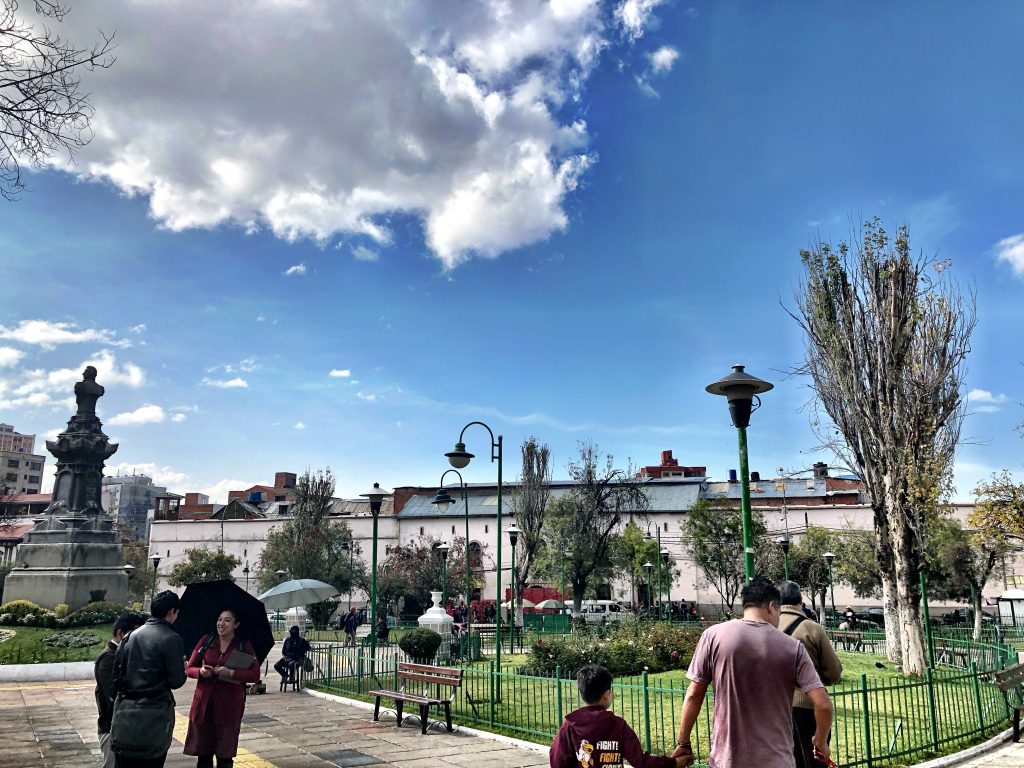
Society Rules
This prison is not like any other. First, you need to pay to get in. Second, you pay for a cell, then food. Clothes. Wait, clothes? What? The whole place is self-governed by prisoners.
Moreover, it is an entire community within La Paz. Shops, restaurants, an entire social housing system. In short, those who can afford it own the biggest accommodation, those who can’t sleep in the poor area of the prison on the floor. Prisoners’ families stay there with them.
Above all, crime is ‘dealt with’. In other words, murders are rife. But finally… there is more.
It also houses the biggest cocaine making factory in La Paz. I mean, really. Come on, Kat, of course it does. Meh, I thought, well, I guess I am almost no longer surprised. Ha, but no-no, there was more. Come on, this is La Paz.
Roll up roll for the magical mystery tour
The ingenious prisoners set up ‘prison tours’. For paying tourists! Yes! It even featured in Lonely Planet as a top thing to do when visiting La Paz. WHAT IS WRONG WITH EVERYONE? Furthermore, every tour needs a souvenir. Yes, in-deedy, consequently off you would skip with your little bag of Bolivia’s finest cocaine.
Help meeeeee. My ears were bleeding. One infamous British inmate, Rusty Young, even wrote a book about his time at San Pedro Marching Powder.
So, now, as our guide was telling us this, he had already lowered his voice. He had stepped further away from the fun factory and established through codes and nods and winks that we would from now on be speaking of cocaine as ‘sugar’. He was subsequently referring only to the ‘sugar’ factory and bags of ‘sugar’. This – is wholly ludicrous, I thought. Sugar. SUGAR. This is the worst act of secret espionage I have ever heard. Sugar!
“So when the tourists visited they were doing it to get the,” – pause – furtive look around – “sugar.”
Stop it, stop it, man. You are going to have us all arrested for suspicious behaviour. Sigh. Anyway, perhaps he had slipped me some sugar on this trip – because my brain could take no more. And – WHAT – was going on with these vans?
The final act
Drum roll, please! These were the Coca-Cola trucks. Who. Have. Exclusivity over everything the prisoners sell in their shops and restaurants. In other words, only the great and powerful Coca-Cola is allowed within the walls of this corrupt and notorious prison. A final part of me died. They also. Yes. Yes, they do. Sponsor the prison football team to a tune of $10,000 a year. Breathe…
And so to conclude my friends. Just let that sink in. Let it wash over you and then – then – imagine that ill-fated homeless person buried beneath the feet of the prisoners and their families, drinking their coke, selling their ‘sugar’.
So, as we bid farewell to Bolivia, we carry with us unforgettable memories of its natural wonders, warm people, and vibrant culture. Our hearts are filled with gratitude for the authentic experiences that left a lasting impression on our souls.
At the same time, we cannot ignore the profound impact of the revelations we uncovered in La Paz. It serves as a reminder that every destination has its complexities and hidden layers, challenging us to reflect on cultural diversity and social issues worldwide. As travellers, let us embrace both the shining light and the shadows, for they collectively shape the narrative of our adventures and the world we explore.
Here’s to ya Mother Earth.


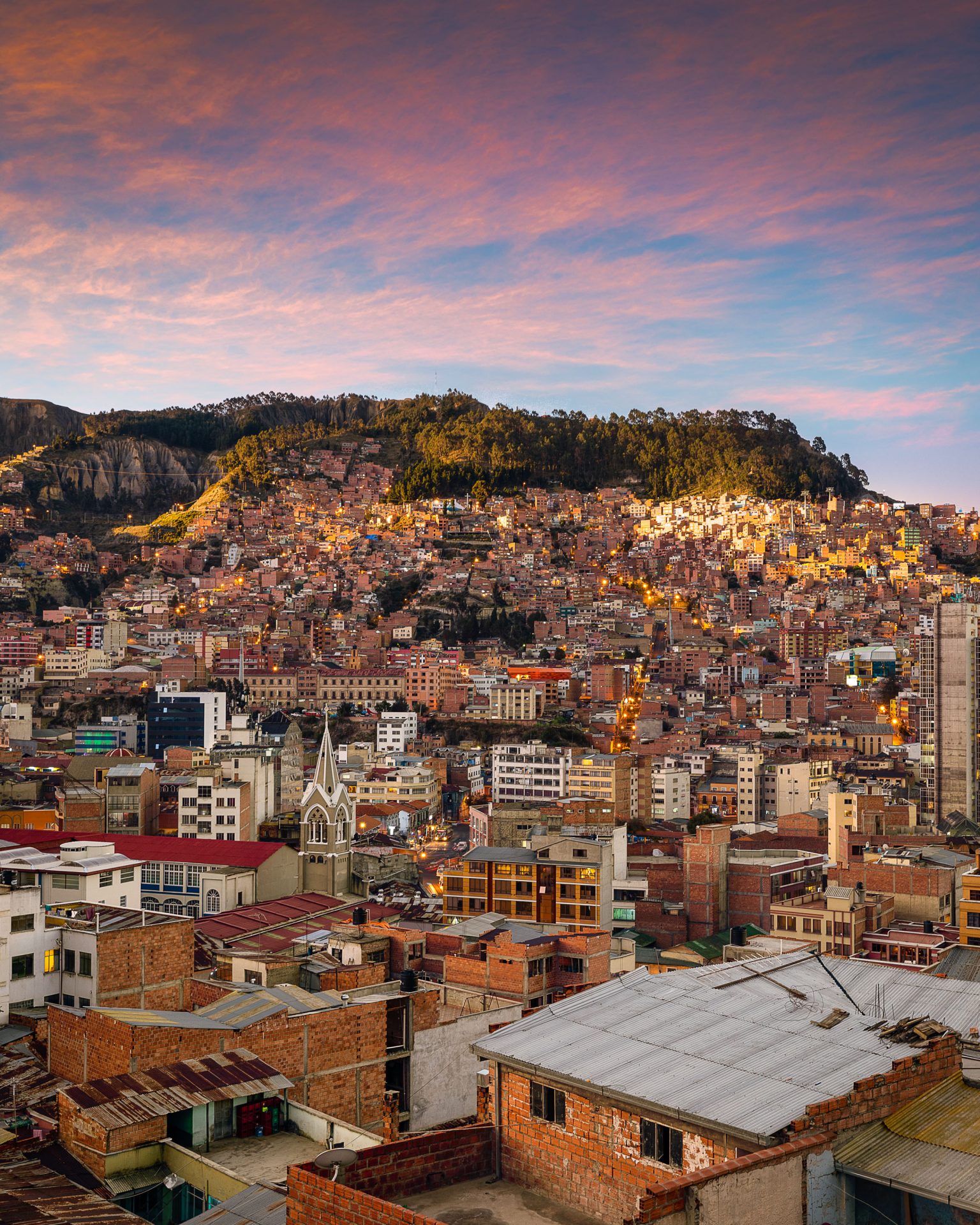
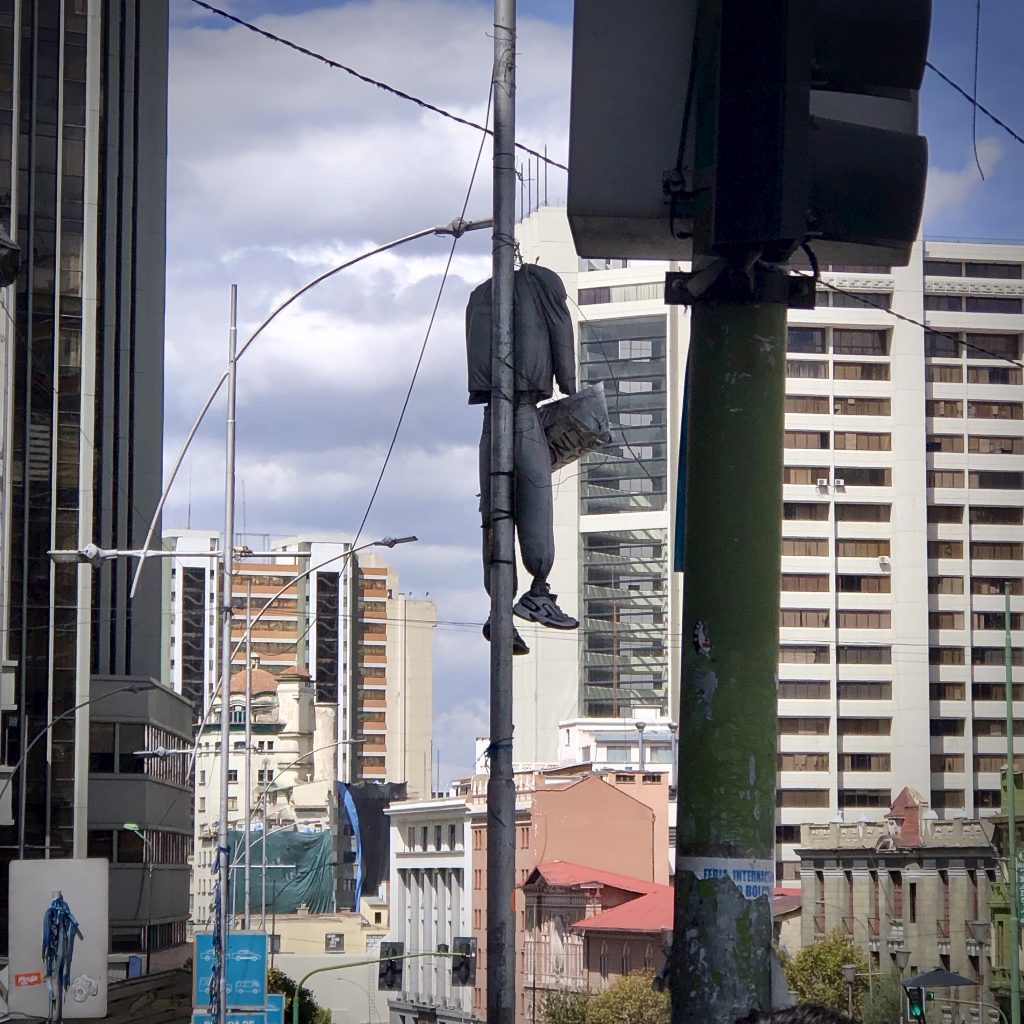

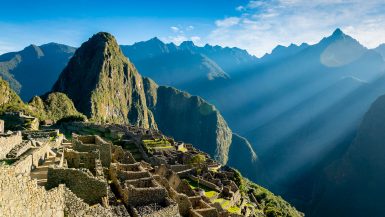

Leave a reply